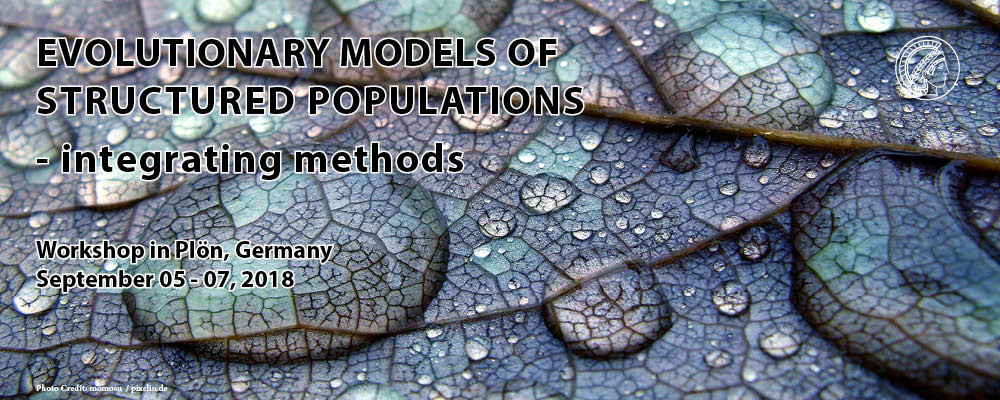Speaker
Description
In many species individuals live in socially structured populations, forming behaviorally cohesive groups with kinship structure, which can range from temporary pair-bounded aggregations to very complex societies, as observed in many mammals. Despite its ubiquity social structure is ignored by most population genetics models. The traditional genetic approach envisions and models populations of social species as a network of relatively small panmitic demes. There are genetic risks associated with small population sizes, including loss of genetic diversity and inbreeding depression. Thus many group-living species are believed to be at high risk of inbreeding-depression. This is indeed the case of many mammalian species, where ecologists often invoke inbreeding-avoidance strategies as an important mechanism to prevent inbreeding-depression effects. During the past years we have developed new software to simulate genetic and demographic data under some of the most common mating strategies found in primates. In this framework social groups consist of small age-structured units where a limited number of individuals monopolize reproduction and mate according to more or less complex strategies. Simulations under this model have shown that social groups are surprisingly efficient in maintaining genetic diversity in the form of outbreeding without selective mechanisms. This is highly counter intuitive and contradicts the belief that small groups are necessarily subject to strong genetic drift and at high risk of inbreeding depression. This new theoretical framework was already used to interpret the genetic diversity from a primate species and can also be used as a null model against which ecological theories can be tested.

